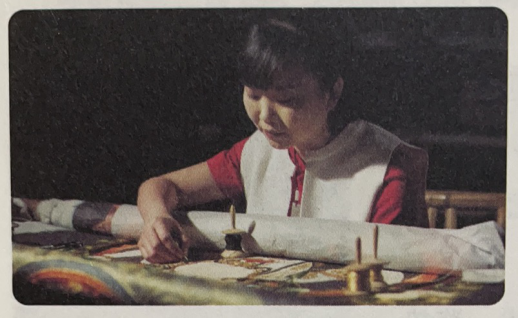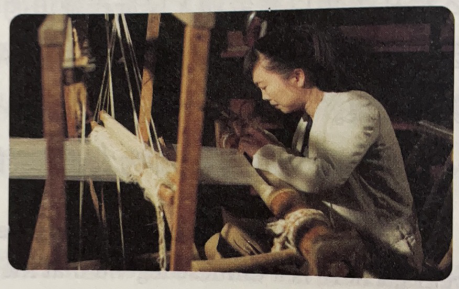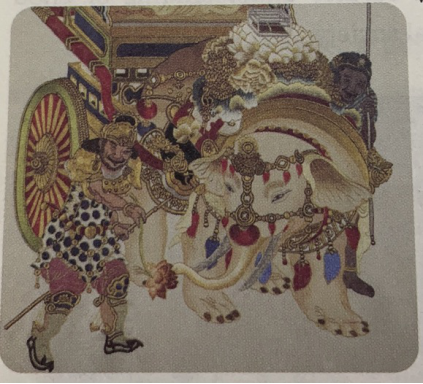申报地区:高新区 2020年08月 第5批

“雀金绣”因其主要材料使用孔雀羽翎和黄金丝线而得名,以珍贵的雀羽线、金缕线为主要线材,并配以多种色线,采用编织、雕塑、缂金等多种刺(织)绣技艺,纯手工巧妙制作而成的传统织绣技艺。洛阳是雀金绣织绣技艺的主要发祥地之一。据《尚书·禹贡》载:“厥篚织文”。早在战国时期已经有加工黄金来捻制绣线技术。南北时期之后,因为丝绸之路各国文化交流的产物,金线的流行就比较平常了。隋朝迁都了洛阳,这门技术在洛阳得到了更好的发展。至清代,织孔雀羽服饰在宫廷、贵族中更加流行。据洛阳历史记载,晚清民国时期,洛阳老城有绣坊四十八家,除了普通绣品坊外,王氏仁山堂、贺氏柏谷堂、陈氏三秀堂三家绣坊专门生产雀金绣,在当时远负盛名。传承人王丽敏的祖父母就分别来自其中王氏与贺氏二家,她的祖父母都是当时知名的雀金绣传人,她自幼跟随祖父母学习雀金绣技法,经过20多年默默无闻的潜心研究和探索实践,不仅恢复了雀金绣和皇家御绣古代工艺,而且还在传承中得到创新发展集染、织、绣、绘、缂、嵌等技艺于一身。

Quejin Embroidery" is named after its main materials, including the precious peacock feather and gold silk thread matched with a variety of other colored threads. As early as the Warring States period(475 BC-221 BC), there had been gold processing technique to twist embroidery thread With the Sui Dynasty (581 AD-618 AD)moving its capital to Luoyang, the technique developed rapidly. By the Qing Dynasty(1636 AD-1912 AD), weaving peacock feather costumes became increasingly popular in royal courts and among nobles. According to the historical records of Luoyang, there were 48 embroidery workshops in the old town of Luoyang. In addition to the ordinary embroidery workshops, the Wang's Renshantang and Chen's Sanxiutang embroidery workshops have won good reputation both at home and abroad. at that time. Wang Limin’s grandparents were well-known techniques of Quejin embroidery at that time . She learned the techniques of Quejin embroidery from her grandparents and years of research and exploration, she not only revived the embroidery, but also obtained innovation in dyeing, weaving and embroidery ,painting,tapestry, inlaying and other techniques.

